There is something I’ve been noticing while walking around Iqaluit these past few months that has been slowly vexing and intriguing me.
It looks like something destructive has happened to the vehicles up here – but just to the corners, just to the edges of the front and back bumpers.
So I decided to investigate and elaborate.
I sat for most of my lunch hour at Four Corners with my compact camera, staking out and taking shots* of some of the finest examples of Iqaluit bumper car-nage. It was fun. I felt like a bird-spotter or some kind of field anthropologist, but for automobiles.
From that, I have developed this: A Field Guide to the Bumpers of Iqaluit.
*Please note: photos of the following specimens have been altered to protect them from future identification.
Part 1: Taxonomy
The Single-Shear / Asymmetrical Cracked-Beast
Found widely throughout the broad roaming ranges of the Iqaluit road system, these ubiquitous creatures compete to see which one can reveal the most of their inner chassis to the elements. It is a graphic and sometimes shocking display, a testament to the brutal conditions and harsh arctic extremes these specimens endure.
The Double-Sheared Rear Wingtip
Actually more plentiful than you would think, this common breed can be often found at rest in the Northmart or Quickstop parking lots, or flitting up and down the roads all over Iqaluit. The defining shear is usually restricted to just the very corners of the rear bumper, creating a visual symmetry extremely pleasing to the eye.
The Bottom-Ended Shear-Sucker
Also a fairly common find. Sometimes difficult to identify in the wild, as a clean and complete bottom-end shear will, at first glance, often resemble its full-bumpered cousins. But the veteran field bumperologist will be alert to the seemingly higher clearance afforded by the total lower shear, presumably caused by attempts to pull away from or roll over ridges of icy snow, such as those left at the bottom of one’s driveway by the snowplow.
The Molted-Spotted Rookie
This species often indicates a younger or simply newer addition to the Iqaluit fleet. These specimens usually display only a punctured hole and a crack or two, sometimes higher up on the body, above the bumper. Like their fully-sheared brethren, it is a minor mystery as to just how this happens as well. It is thought that the cracks first form and fissure from some initial impact, and thus the piece contained within the interacting fissure simply falls out.
The Front-Ended Peacocking Shear-Off
This breed’s molting pattern maximizes flaunting of the translucent whites and brilliant blues of its windshield washer fluid reservoir. Always a thrill – even for the more experienced bumper-spotter.
The Transitional Cocooning Molt-Weight of Tundra Valley
It is fairly rare to catch a bumper in mid-molt; usually they shed their excess bumperage soon after scratching their pelt against a rock or wooden post. Here is a stunning example of a juvenile transitioning into what is sure to be a splendid Bottom-Ended Shear-Sucker.
The Fabled Double-Breasted Shear-Beast of Apex
There seems to be only one specimen of this kind currently existing in the Iqaluit wild at this time (pictured below). Liberated and free, it is truly a marvelous spectacle to behold. Look just how high and complete its shear-marks have reached – both front corners entirely removed, right up to the daytime running lights and the front wheel hubs! Glorious.
The Four-Cornered Four Corner 4×4 (a.k.a. the Four-Cornered3)
The existence of this mythical creature is highly disputed; those who claim to have seen the Four-Cornered Four Corner 4×4 are usually those last-standing souls greeting the 3:08am sunrise around a pallet- and sealift box-fed bonfire, spinning dubious descriptions after a dozen or so Molson Dry. As can probably be deduced from the name, it is said to have shed all four ends. Some of the unsteady, disreputable sources claim the front bumper has completely molted off as well. Needless to say, this expert bumperologist is skeptical, and no photographic evidence exists.
Part 2: The Destructo-volution of the Species, or Car-nage Theories
Most prominent bumper theorists are in general agreement that the Iqaluit bumper appears to be a unique breed; a product of a specific and isolated ecosystem, much like Galapagos turtles. After much hypothesizing and investigative research, my car-nage theories below outline two myths and a well-informed reality.
Myth 1: Evolution
When migrating to Iqaluit, vehicles are sealifted from warmer, gentler climes like Ottawa or Montreal. After a few years of being driven on rutted and potholed paths, they metamorphize. This process of ridding themselves of their extraneous outer shelling is called ‘molting’ or ‘shedding.’ It may take an Iqaluit vehicle many long, cold winters to rid itself of its bumper, but it will shed inevitably.
It makes a certain kind of sense: in such a harsh environment, why have delicate, breakable appendages jutting out front and back, when paring down to just the chassis is all that is necessary for survival?
Yet this bumperologist feels that the infamously horrendous conditions of Iqaluit roads are not wholly adequate in and of themselves to fully explain how we end up with such unique bumperology. The questions continue to burn on like an unstoppable dumpcano: Just what causes the vehicles of Iqaluit to shed their bumpers in this fashion? How do chunks of bumpers just fall away like that? And why is it always a whole chunk getting torn away? How does, how can, one hit things so that a piece of the bumper gets completely ripped away? And why is it almost always only the corners?
It is clear that the distinctive Iqaluit bumper, whether it be a common Bottom-Ended Shear-Sucker or the Fabled Double-Breasted Shear-Beast of Apex, is made, not born. And so…
Myth 2: Careless Drivers
The initial car-nage theories I have heard blame the drivers of Iqaluit. I don’t drive up here, but I’ll tentatively venture that the drivers aren’t necessarily worse than those down south – especially since nearly half the town is effectively from somewhere down south anyway. I can see the point, however, that those newly arrived may be coming with less-than-optimal driving-on-ice skills, thus skidding on ice and hitting boulders and wooden posts and the like.
Still, crappy driving doesn’t explain why or even how the bumpers end up missing whole entire chunks like that. As I have seen in conditions down south, bumpers merely crumple inward upon impact. Crushed and mangled, to be sure, but rarely missing from the car afterward. So, it remained a mystery as to why hitting a post or a rock up here should cause bumpers to behave differently.
Reality: Shoddy Materials
I did some research into the material science of bumpers. Yes, it is exactly as fascinating as it sounds. Which is of course to say, not very. But I am an information professional, dammit, and powered my way through some Wikipedia pages along with some automotive/industrial plastics company websites to get you some actual science. (For more than you’ll ever want to know about TPO, go here.)
Apparently car bumpers are made of a polymer plastic blend called thermoplastic olefin (TPO), which has “high impact strength (even at cold temperatures).” Clearly, this is not true. As a veteran field bumperologist, I have observed that at very cold, dry temperatures (such as those that exist in Iqaluit from early October to at least May), TPO bumper material does get brittle, and therefore cracks easily.
It is with great certainty that shotty materials are responsible for wreaking havoc on northern vehicles and their drivers.
Part 3: Repairs, or the Resistance to Molt
All this is to say that even if your vehicle is not evolving and your driving skills are superb, you may find yourself with some car-nage.
Some valiant and resourceful vehicle owners try to mitigate their bumpers from shedding. As a clear-eyed bumperologist, I have to admire this brave futility, for entropy always wins in the end.
However, Iqalummuit show their usual DIY spirit in creating their own patchwork repairs, salvaging the bumpers that haven’t quite fallen apart or putting back together those that have. These fixes often involve inexpensive and commonly available materials in the north.
In order from least to most elegant/artisanal:
The Red-Green (i.e. Duct Tape)
This fix is usually done by a newbie or someone especially cheap and hasty, as even Duct tape’s legendary adhesive properties dry out and peel off under the buffeting conditions of the dry Arctic winter.
The X-mas Special (i.e. Red Packing Tape)
There is a reason J&N (or is it First Air?) uses only this kind of red translucent tape, and this is it: so Iqalummuit can patch up their rear tail lights and earn the respect of the RCMP V Division traffic stop.
The Frankenstitch (i.e. Zap Straps a.k.a. Cable Ties)
One of the secret pleasures of a committed bumperologist is admiring the handiwork of a good frankenstitch. Time, care, and meticulousness goes into these repair jobs, as well as a pack (or more) of zap straps and most of a Saturday afternoon away from the spouse and kids.
Have you been perplexed by this local phenomenon? Do you have any car-nage theories? If so, let us know in the comment section below or on Twitter!
Rob Rao moved to Iqaluit in fall 2013. A Finding True North enthusiast before he arrived, he is what Anubha and Sara have deemed “Their Biggest Fan.” When not out in the field studying bumperology, Rob is the Northernmost Law Librarian in the World.

![[GUEST POST] Absolute Car-nage: A Field Guide to the Bumpers of Iqaluit](http://findingtruenorth.ca/wp-content/uploads/2014/07/iqaluit-field-guide-970x490.jpg)





































![[GUEST POST] How to Buy Alcohol in Iqaluit](http://findingtruenorth.ca/wp-content/uploads/2014/10/IMG_7936-970x490.jpg)




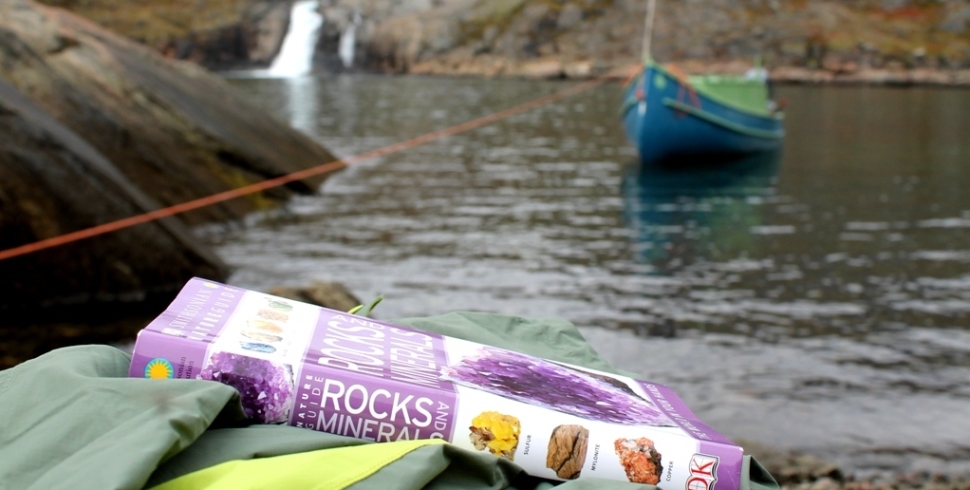
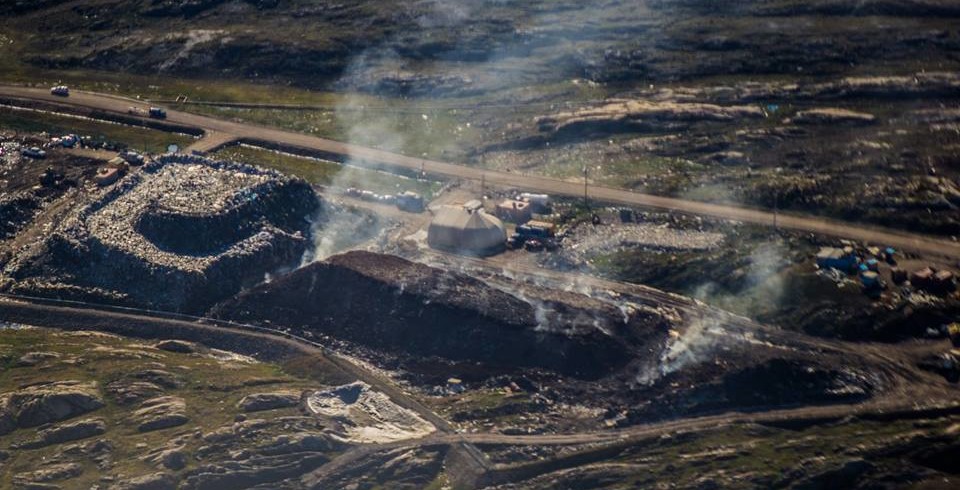






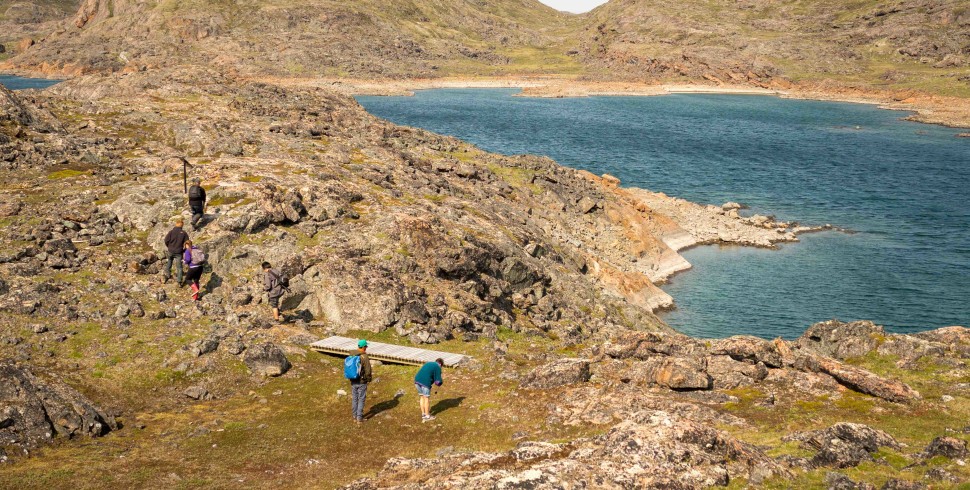
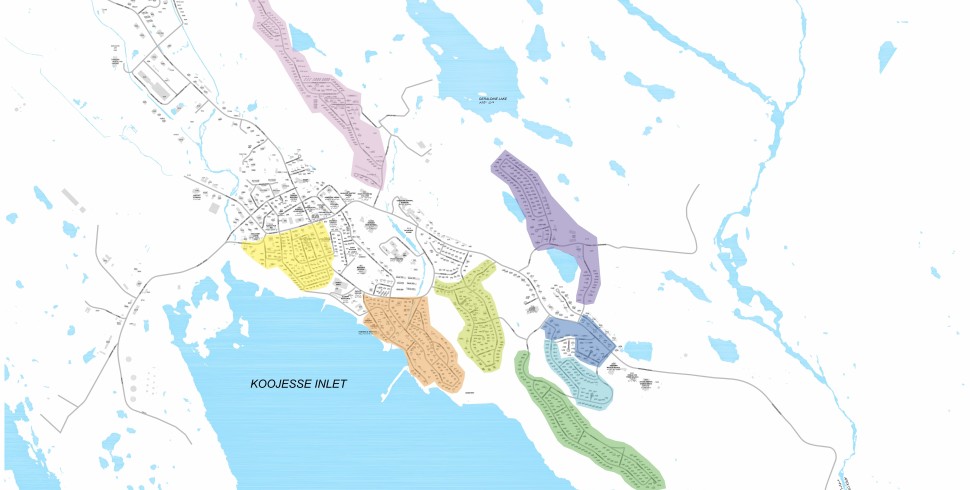

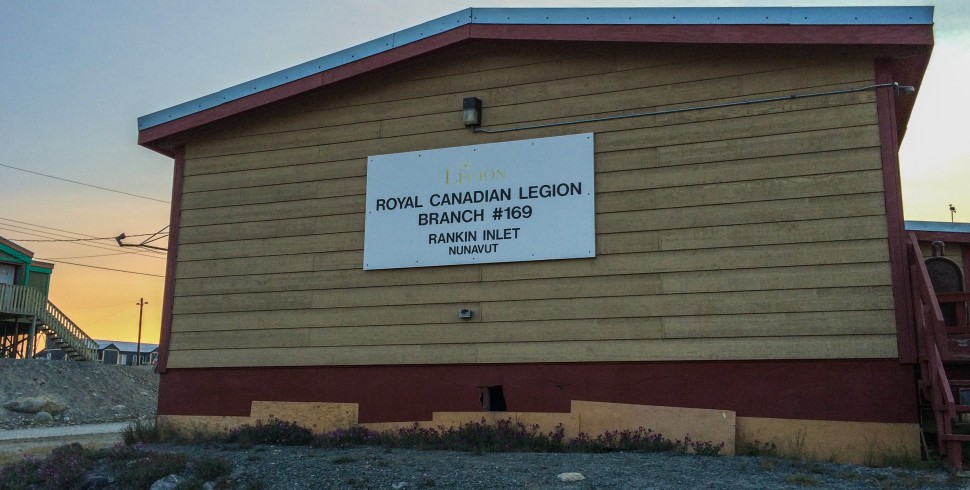

![[Guest Post] Iqaluit Community Greenhouse: Oasis in the Tundra](http://findingtruenorth.ca/wp-content/uploads/2014/07/375665_10151742048070379_1152923082_n-612x490.jpg)


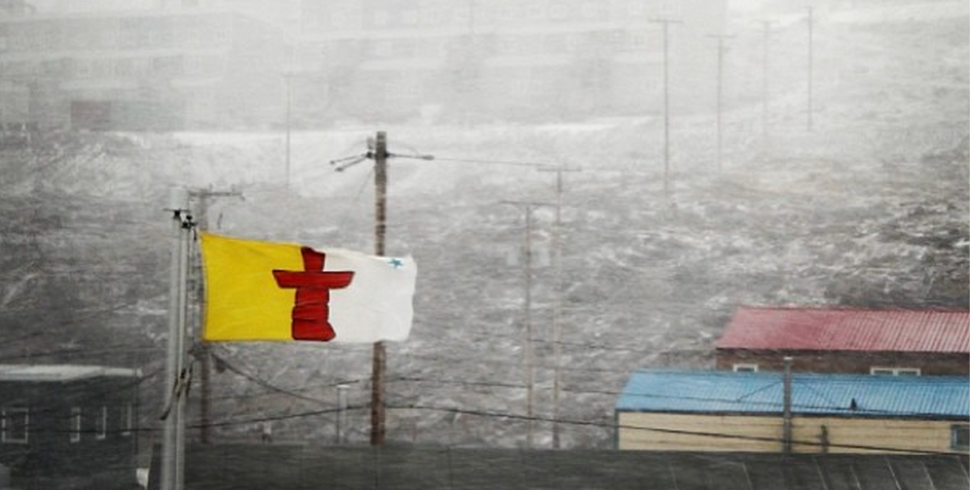
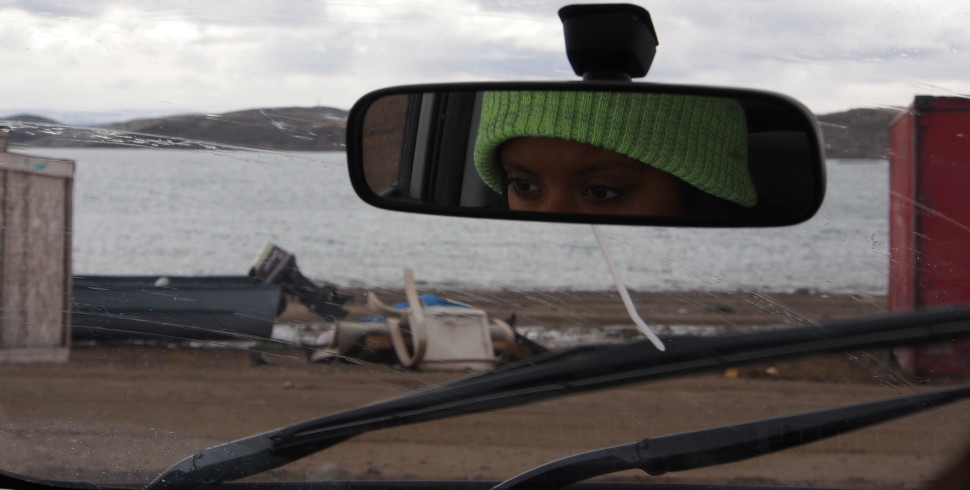
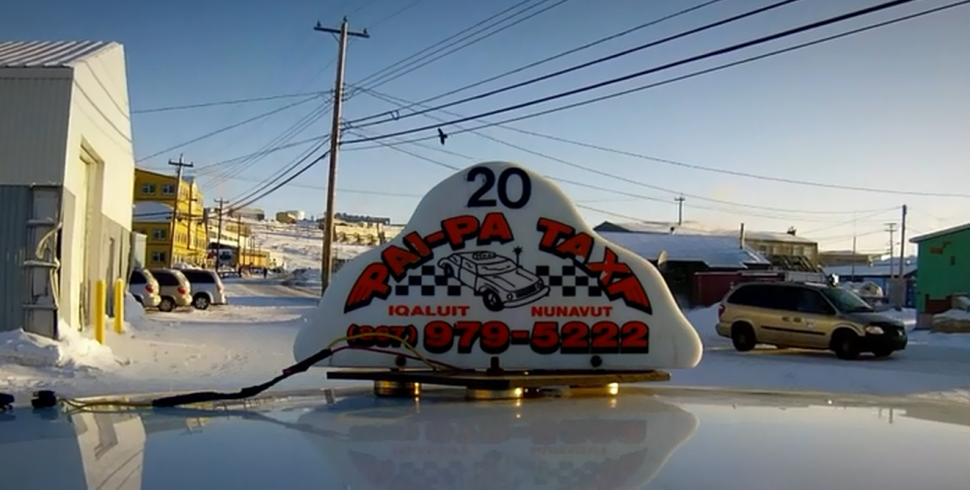




![[GUEST POST] How to Sealift to Iqaluit](http://findingtruenorth.ca/wp-content/uploads/2014/06/sealift-bay-970x490.jpg)


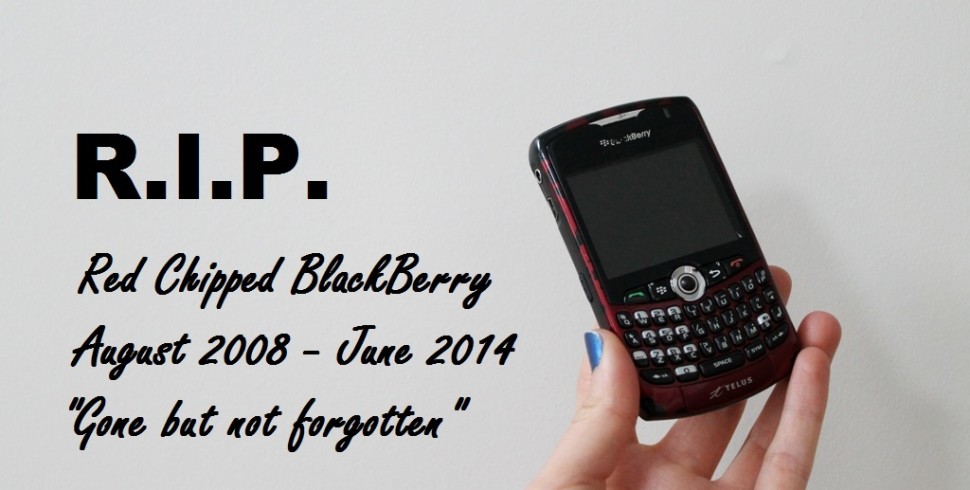


![[GUEST POST] Communications: Nunavut News Thursday, May 22, 2014 13:30](http://findingtruenorth.ca/wp-content/uploads/2014/05/DumpFire-970x490.jpg)



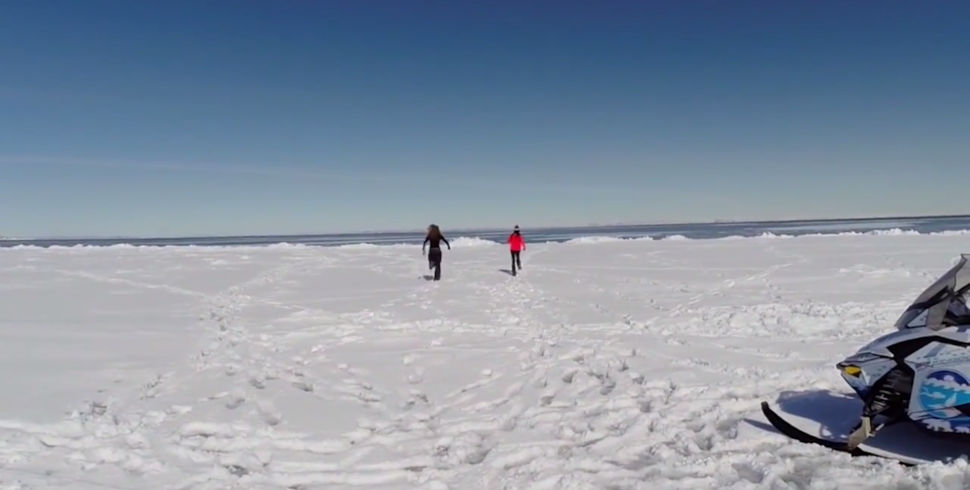

![[GUEST POST] Floppy Sock](http://findingtruenorth.ca/wp-content/uploads/2014/04/6-970x490.jpg)



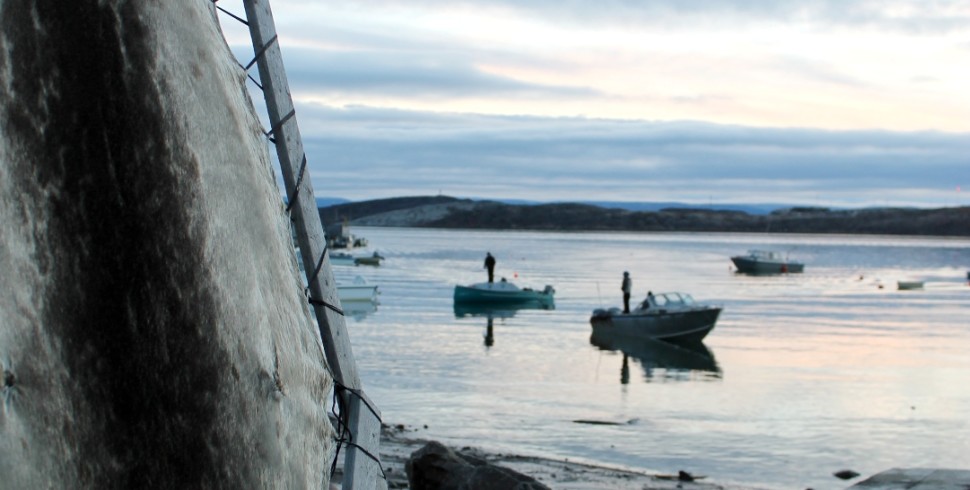


![[GUEST POST] Gustavo’s Guide to Aeroplan, Part Two: Booking a Reward Ticket](http://findingtruenorth.ca/wp-content/uploads/2014/03/plane-960x490.jpg)
![[GUEST POST] Aeroplan to Iqaluit, Part One: Choosing the Right Credit Card](http://findingtruenorth.ca/wp-content/uploads/2014/03/gustavo-ticket-2-970x490.jpg)


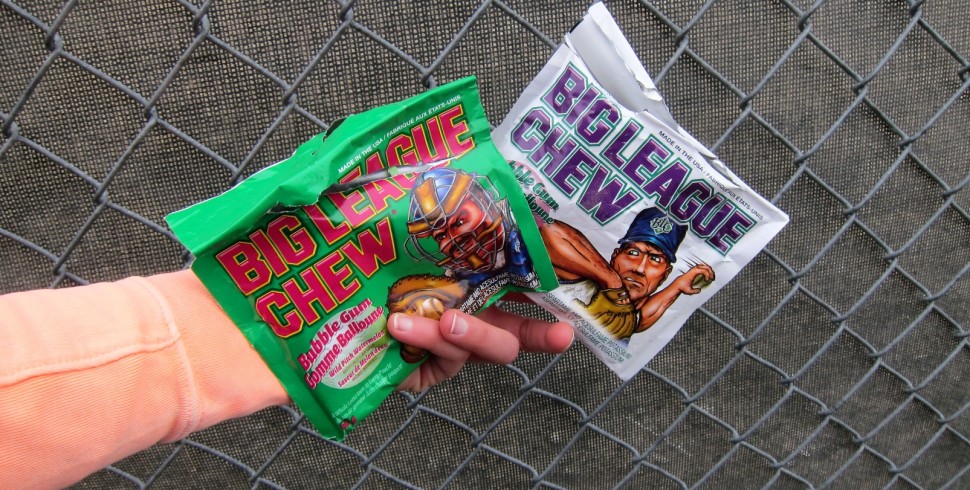





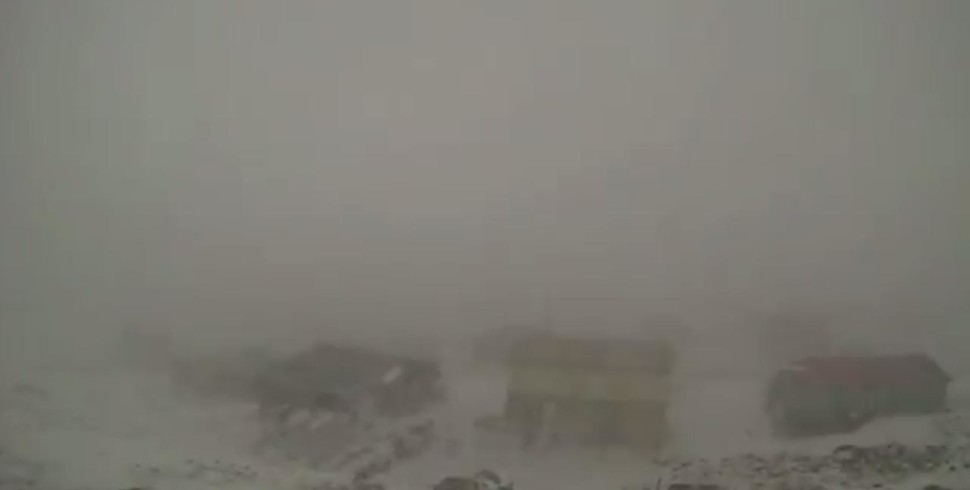
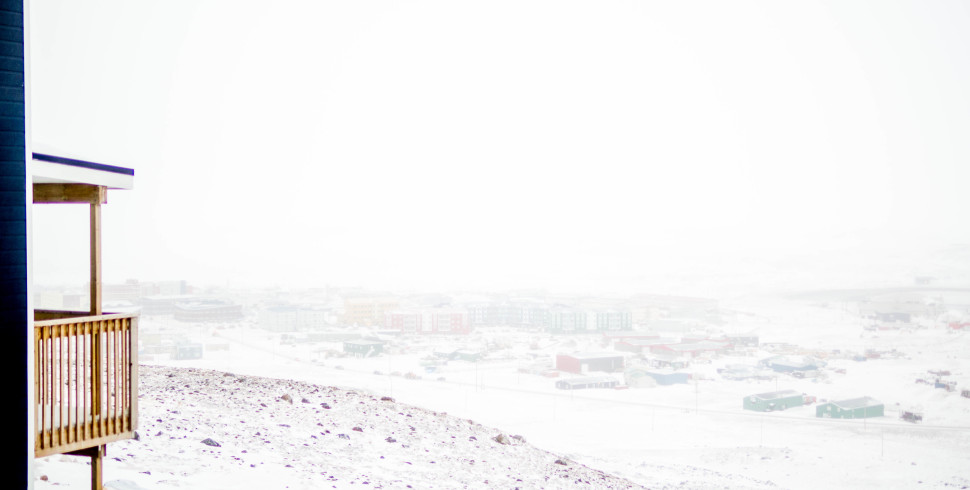
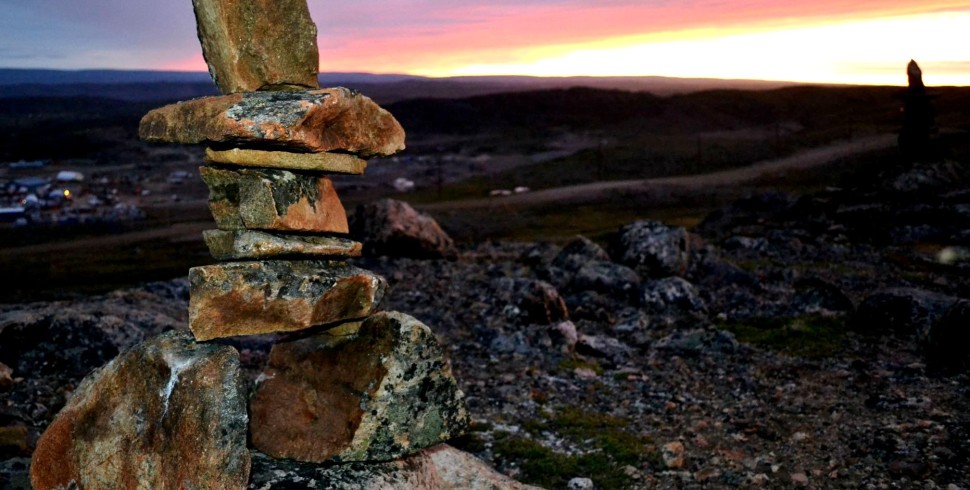




![[Guest Post] 10 Ways Iqaluit is Like a Campus](http://findingtruenorth.ca/wp-content/uploads/2013/12/picstitch-970x490.jpg)
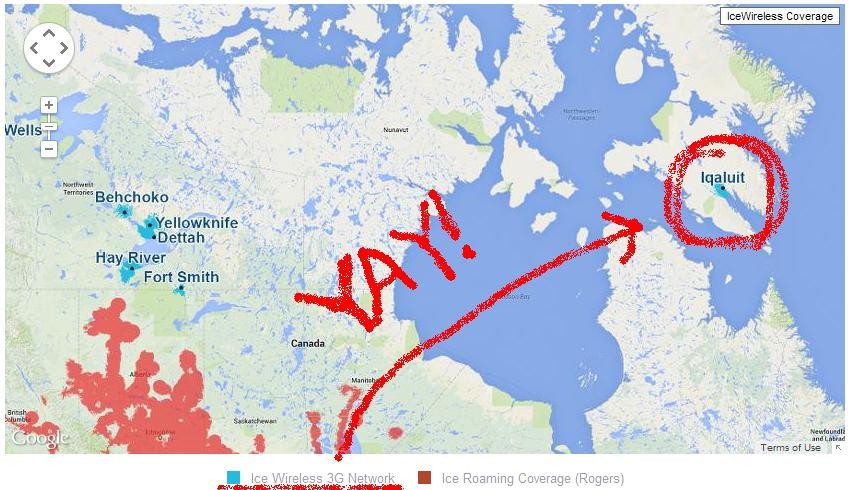
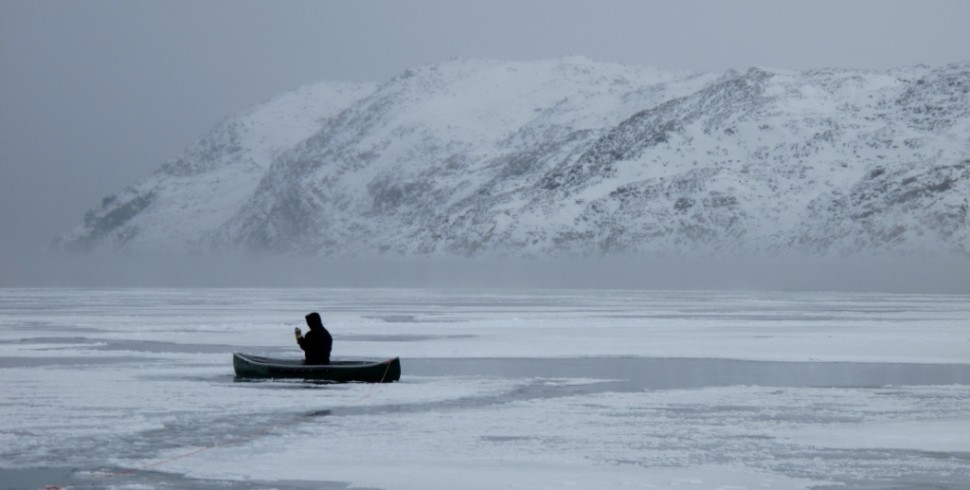
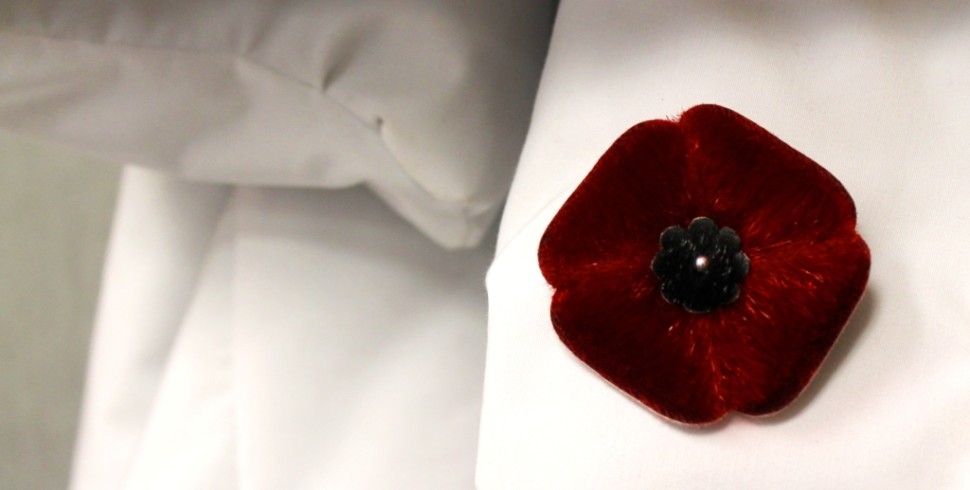

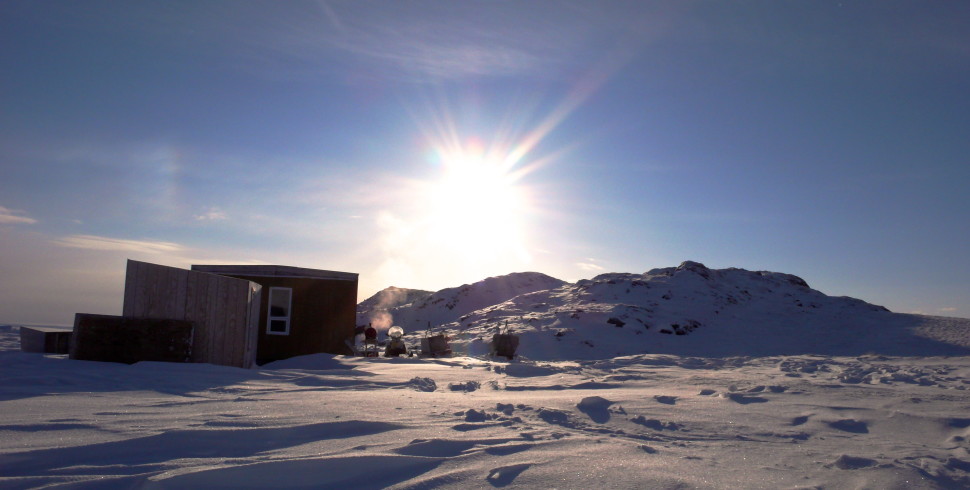

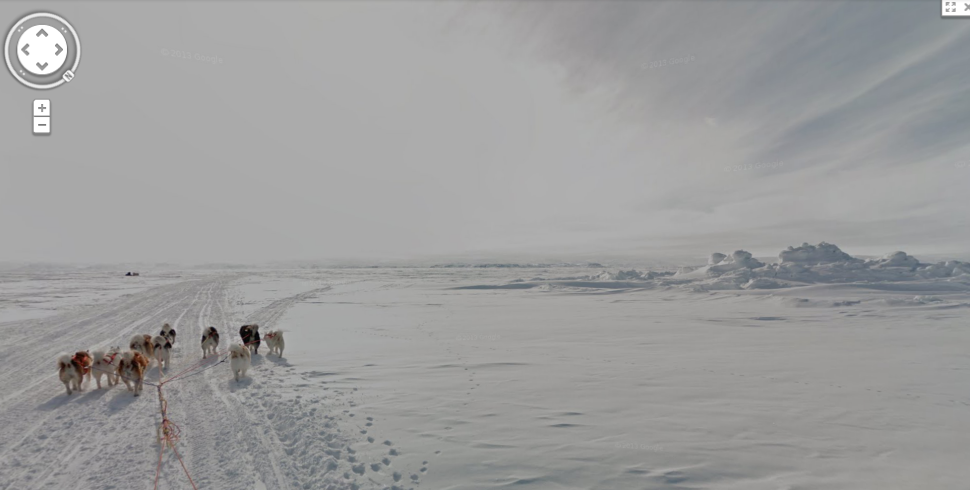

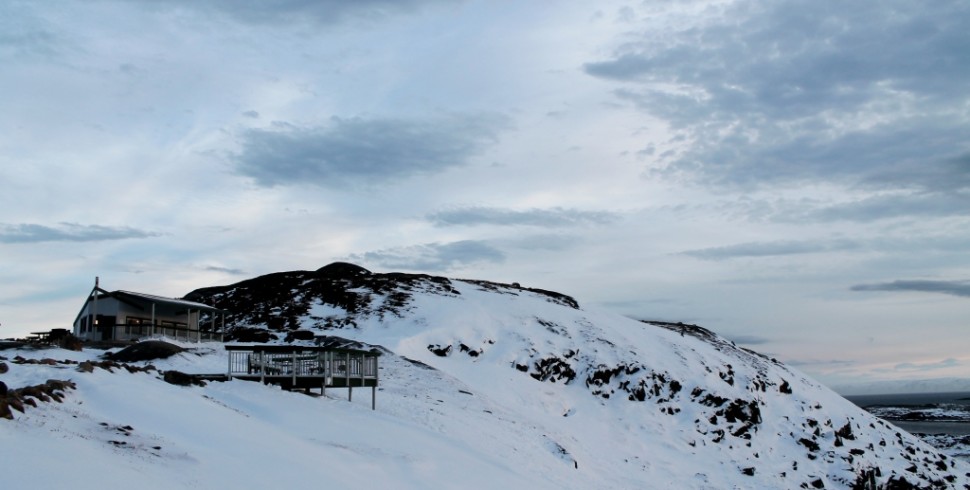

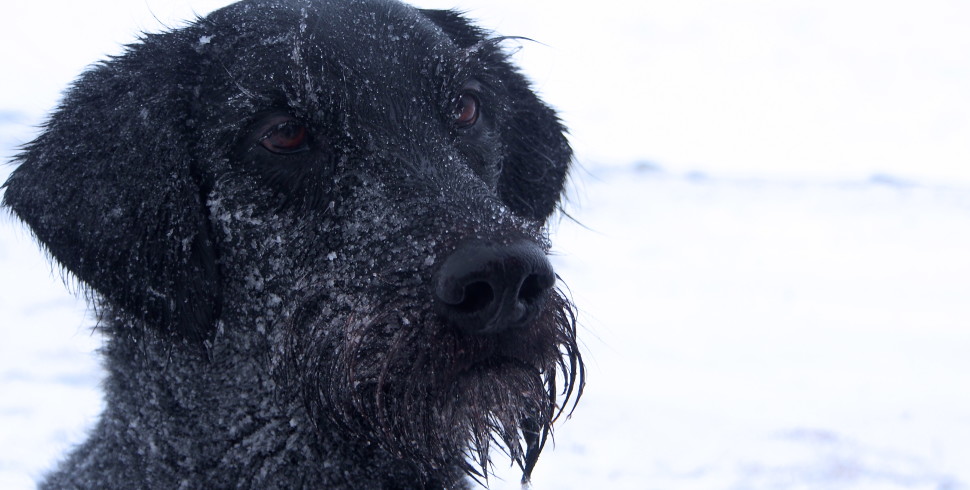
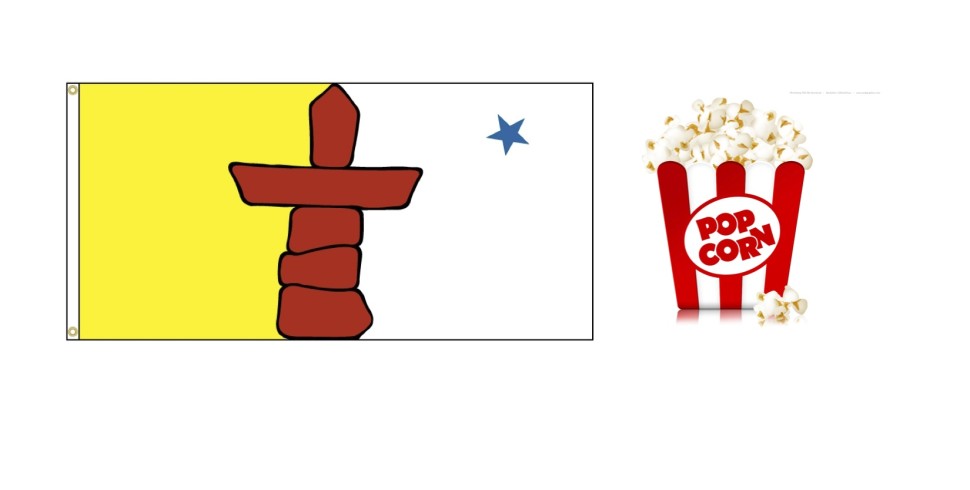



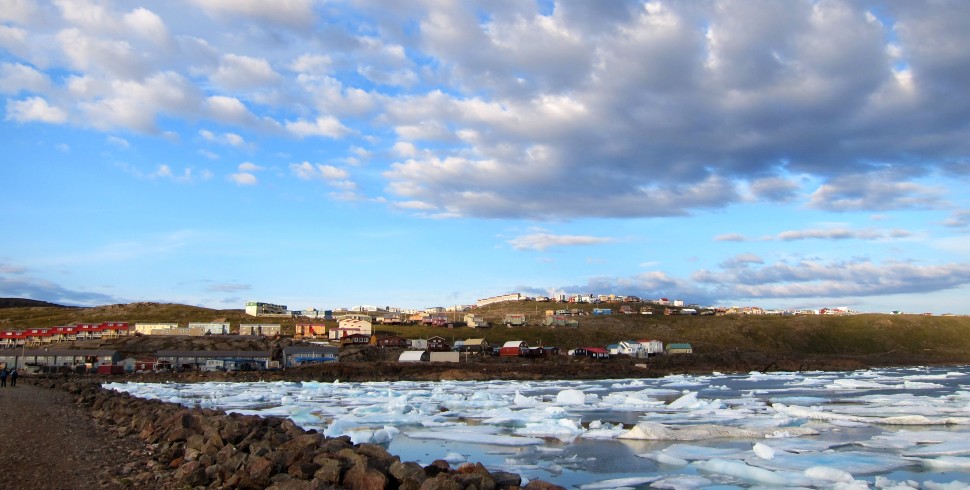

My bumper will remain broken for one reason: cost to repair. While I hate driving my vehicle with a partIally destroyed bumper, the quote to replace it was $700!!!
The other factor at play is the fact that in Iqaluit there are scores (hundreds?) of uninsured drivers or drivers who fuck off without living insurance info after bumping into other peoples parked cars.
A guy who wrote the introduction for a guy who reviews science books once proclaimed, “science is mankind’s great intellectual adventure…thanks to science, we can move from continent to continent with an ease that was once unimaginable, and our daily lives are comfortable in ways that were inconceivable a couple generations ago”. Well man, who scribes on behalf of those who criticize other people’s work, look here upon this blog entry and see how science has failed the full hearted souls of the North. Run to your warm southern castles and let it be known that the polymer plastic blend developed so high-mindedly to protect one of science’s greatest invention, the car, fails – fails – and fails again in the harsh elements of Canada’s North. Know that it is not the crappy driving skills of the poor Northern labourer, who sheds chafed skin and blood each time a car door must be opened at -40C in the dark. It is you! You great barons of science! You men of documents – you men of ease! The harsh realities of all the world’s possible driving conditions have eluded you, triumphed over you, and have laid waste to your ideals and glories as though they were so many scattered bits of plastic, doomed to burn in the inferno of dumpcano. Look to the work of the one Rob Rao and know the errors of your ways.
Much humble thanks for the kind words, Heather. Of course it brings me no great joy to be the one who conveys the comeuppance of these great men of science – it was merely that my curiosity and be-puzzlement was too great to be sated until I uncovered just why these bumpers were shearing off in whole chunks in this manner… but yes, we the people of the North must petition and appeal to the white-coated high priests of empiricism to press on, and re-double (or -triple) their efforts in creating vehicular appendages that can withstand the rugged extremes of our day-to-day existences… I have faith, however naive, in the glories of the human mind and its ingenuity..